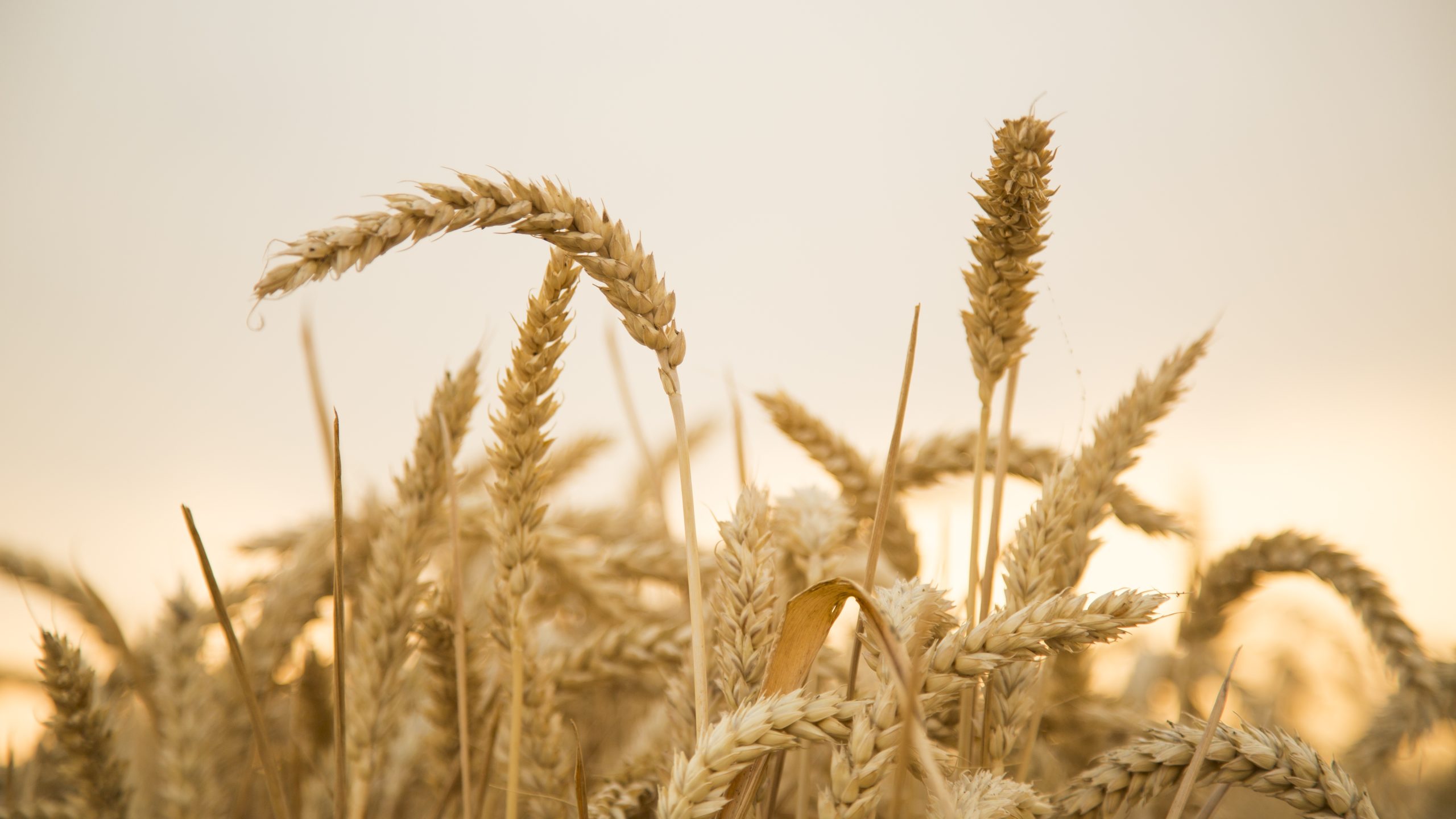Algiers — The 2024-2025 grain harvest season began Thursday across the country’s northern provinces, under favorable conditions thanks to a season marked by significant rainfall, improved cereal storage and transport, and increased support to farmers in terms of irrigation, equipment, streamlining administrative procedures, and financing guarantees, in accordance with the instructions of the President of the Republic, Abdelmadjid Tebboune, which augurs a promising harvest.
Local agricultural services at the concerned provinces announced positive forecasts regarding the production of the current season, whose official launch will be given next Saturday in the province of Chlef.
These services forecast the production of one million quintals of different types of cereals in the province of Tiaret, 400,000 quintals in Annaba, more than 192,000 quintals in Tizi Ouzou, more than 90,000 quintals in Blida, 72,000 quintals in El Bayadh, nearly 47,000 quintals in Oran and as much in other provinces, including Sidi Bel Abbes, Mila and Djelfa.
For the current agricultural season, an area of more than three (3) million hectares has been devoted to cereal cultivation, including more than one million hectares for durum wheat cultivation and more than one million hectares for barley.
Furthermore, 4.2 million quintals of certified seeds have been made available in order to meet the recorded demand.
In the southern provinces, where the harvest-threshing season was launched last May over a cultivated area approaching 150,000 hectares (+40,000 hectares compared to the previous agricultural season), very positive results have been recorded, according to local officials.
The Minister of Agriculture, Rural Development and Fisheries, Youcef Cherfa, said that the challenge of the plowing-sowing campaign of the current season consists in “making 2025 the last year of durum wheat importation and 2026 the last year of barley importation,” in accordance with the commitments of the President of the Republic, who has made food security a strategic issue.
Besides favorable climatic conditions, the current season benefits from an increase in storage capacities, thanks to the commissioning of proximity centers and new silos and the reinforcement of the national cereal transport fleet.
This approach is part of the implementation of the national program aimed at strengthening cereal storage capacities, providing for the construction of 350 proximity storage centers, with a capacity of 50,000 quintals each, representing a total storage capacity of 17.5 million quintals, the construction of 30 long-term cereal storage silos, with a capacity of 250,000 quintals each, and the lifting of the freeze on 16 silos suspended since 2016.
Thus, the total national cereal storage capacity will increase from more than 4 million tons currently to more than 9 million tons with the entry into service of the new silos (with a capacity of 5 million tons).
To ensure greater transparency, the President ordered that cereal storage silo projects be transferred to provincial governors, emphasizing that expanding storage capacity represents a key pillar of the government’s new policy and forward-looking vision for food security.
The State has also raised the purchase prices it pays farmers for cereals and legumes, while increasing fertilizer subsidies to 50% of reference prices to help offset the impact of rising costs on international markets.
Various banking facilities have been extended and agricultural loans made widely available to farmers through all state-owned banks.
The transport fleet of the Algerian Interprofessional Cereals Office (OAIC) has been strengthened by adding 120 new heavy-duty trucks to its existing fleet of over 1,500 trucks.
It’s worth noting that Algeria has achieved 80% self-sufficiency in durum wheat production and is working toward complete self-sufficiency in this essential commodity, particularly through major development projects in the country’s southern regions under partnership agreements.
Provided by SyndiGate Media Inc. (
Syndigate.info
).







